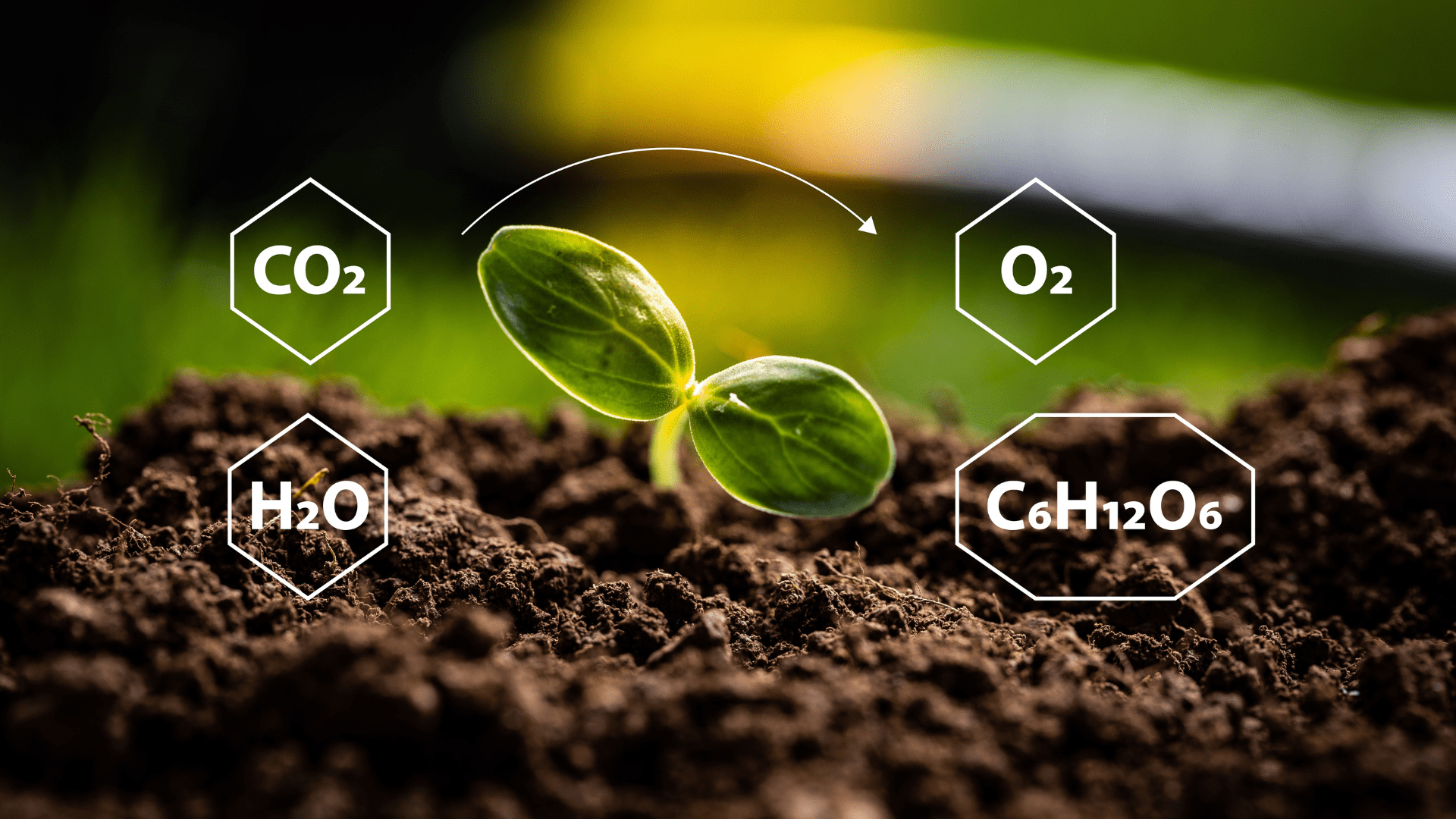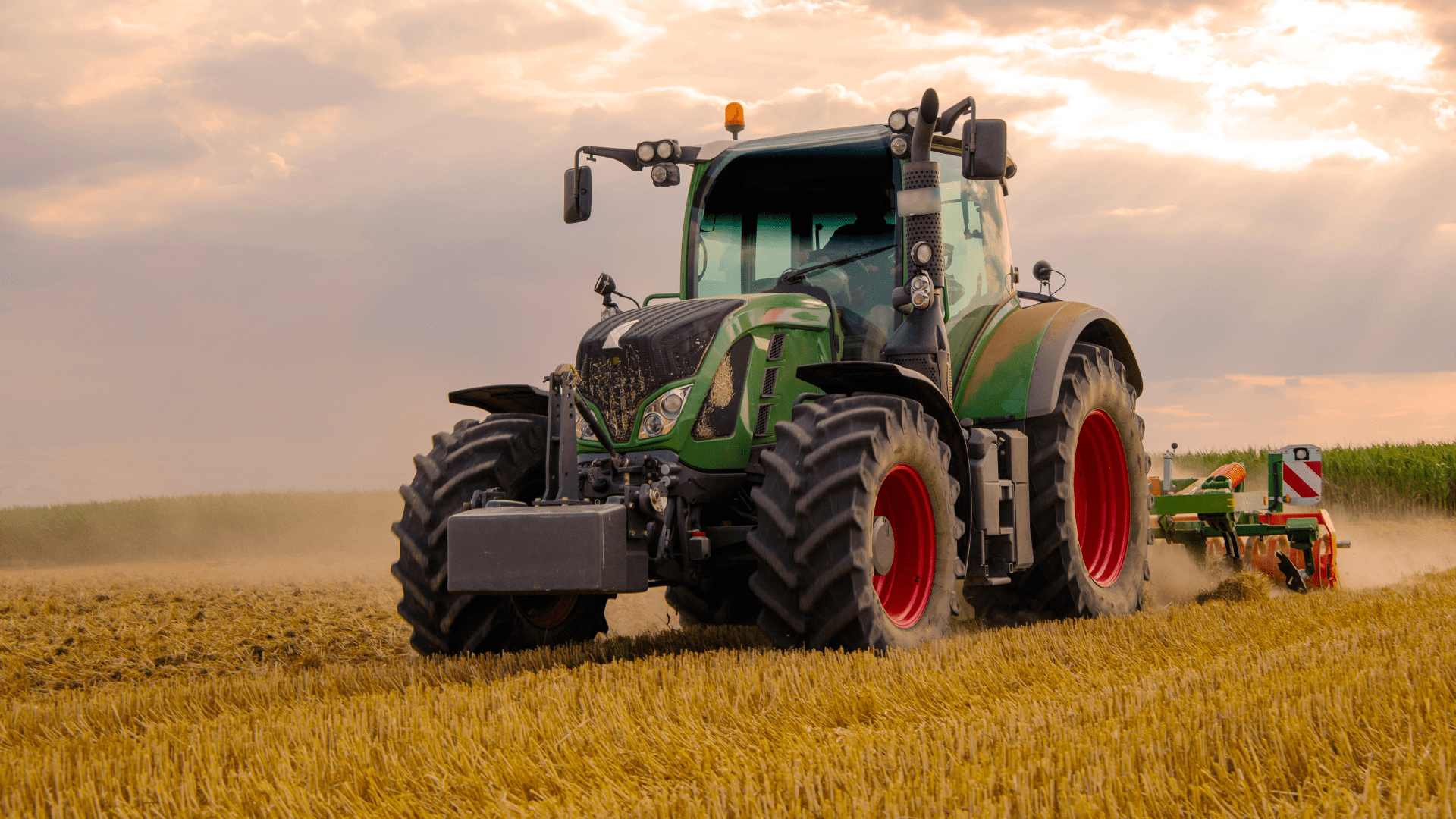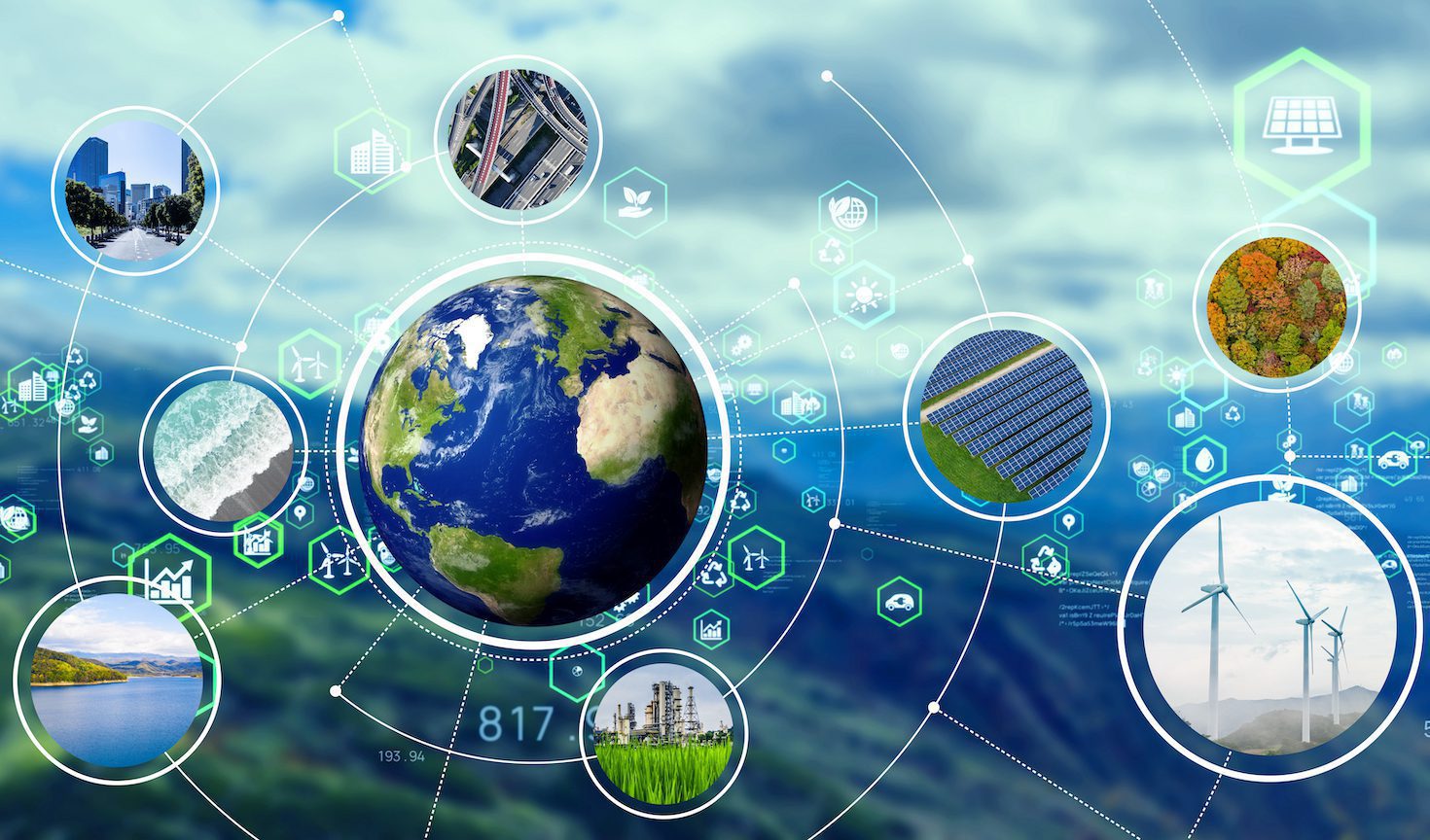Gases from farms are a major contributor to climate change pollution but determining how much comes from a given field remains a challenge for scientists. Researchers from the University of Minnesota believe they can solve that problem with the help of artificial intelligence.
Farms and Carbon
According to the United Nations, agriculture contributes 10 percent of the United States’ greenhouse gases and 25 percent across the globe. A study by researchers at the University of Minnesota found that agricultural emissions are the second-biggest source of carbon releases in the state. New research suggests that AI could help scientists track the carbon. Eventually, it could help farmers do the same thing.

Ironically, agriculture can produce planet-warming gases because plants absorb carbon to undergo photosynthesis. But, under certain circumstances, organic matter breaks down in the soil and releases that carbon back into the atmosphere.
Certain methods to keep carbon in the ground include doing less to disturb the ground like reducing plowing and tilling. However, there are significant debates between researchers on what methods work best. The new study reports that using AI proved slightly more accurate than modern methods.
Explore Tomorrow's World from your inbox
Get the latest science, technology, and sustainability content delivered to your inbox.
I understand that by providing my email address, I agree to receive emails from Tomorrow's World Today. I understand that I may opt out of receiving such communications at any time.
Using AI
Vipin Kumar is a professor of computer science and engineering and also a study author. He said researchers cut down on risks that AI would create inaccurate results. To do that, they fed AI data from existing models that were used to track the movement of carbon. Kumar said the technology researchers used “is not that far from Chat GPT.”
It’s one challenge to perfect an AI model to track carbon emissions from farming but another challenge is finding farmers to reduce carbon. In the past, programs offered payments to farmers who reduced carbon emissions. Typically, the payments were offered per ton of carbon stored in hopes of changing farming practices.

Richard Conant is a professor in the Department of Ecosystem Science and Sustainability at Colorado State University. He said the method proposed in the study could help decide where to use the money to keep carbon in the soil. Conant is not an author in the new study. However, Conant used AI to track the movement of nitrous oxide. According to the EPA, nitrous oxide is 273 times more potent than CO2.
Conant said, “I love this approach.” However, he relies heavily on soil samples for his research and even an AI model would need more samples from the ground. He said, “We’re operating in kind of a data-poor environment.”







